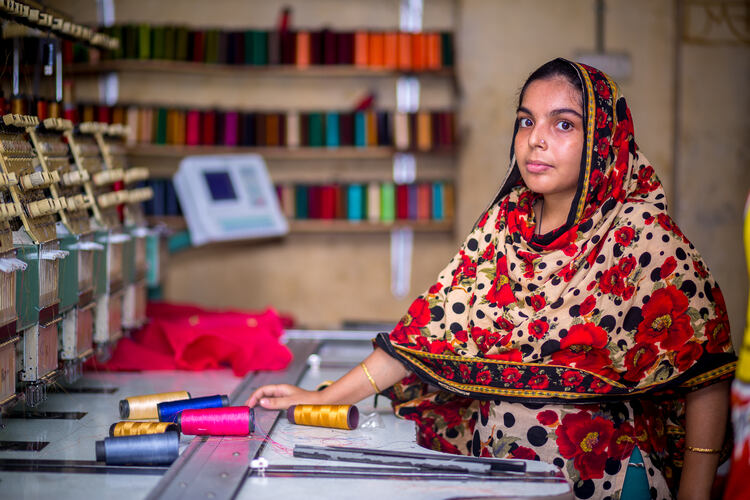
Bangladeshi garment workers demand fair wages for the clothes they make for high-street fashion brands
By
Big high street retailers such as H&M and Gap, who fill our wardrobes with affordable fashion, have become a mainstay of UK high streets and shopping malls. For many of these high street brands the key to being able to sell clothes so cheaply is through mass production in countries with low labour costs.
One of the biggest producers of clothing for our high street shops is the South Asian country of Bangladesh. There are at least 3500 garment factories in Bangladesh employing around four million people and the textile industry here contributes a whopping 85 per cent of Bangladesh’s US$55 billion in annual exports. The textile industry has had a significant positive impact on incomes in Bangladesh and the GDP per capita of Bangladesh is now higher than its giant neighbour, India.
But, despite these impressive figures, unrest is stirring among workers in the Bangladeshi textile industry. The average salary for a worker in a textile factory is 8,300 taka (US$75) and protestors say that due to the sharp rising cost of living this is no longer a liveable wage. Workers are asking for wages to rise to 23,000 taka (US$208) but the manufacturers association has offered only a 25 per cent rise.
Since mid-October, protests have erupted in parts of Bangladesh, including the two biggest centres for garment manufacturing, Ashulia and Gazipur. Tens of thousands of workers (police say 15,000 in Ashulia alone, while union leaders say 50,000) have taken to the streets to demand fair wages.
The protests have quickly turned ugly, with at least one major factory being set on fire and others damaged, as well as roads blocked. Police have responded with rubber bullets and tear gas, and at least two people have died. The Fair Wear Foundation, a non-profit organisation pushing for better wages and working conditions in the worldwide textile industry, is one of a number of groups that have been pushing internationally for an increase in Bangladeshi textile workers’ wages.
Related articles:




